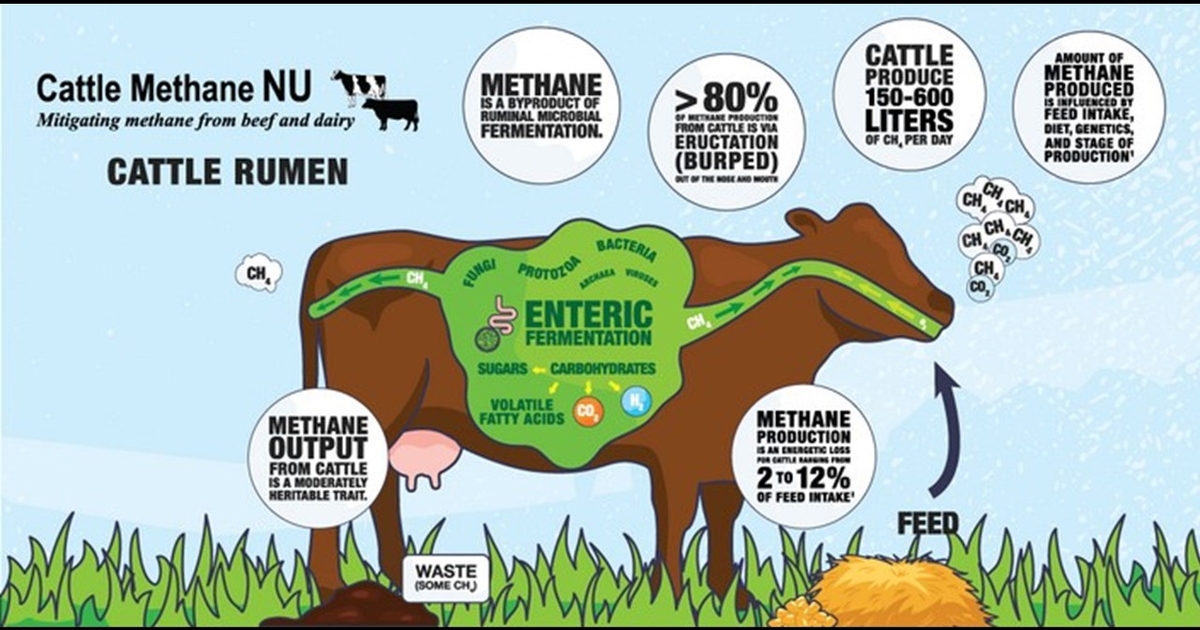Florida agricultural production losses top $190M
Posted on December 22, 2024 by University of Florida IFAS
Source: Farm Progress. The original article is posted here.

Hurricane Milton caused agricultural production losses with an estimated value between $190.4 million and $642.7 million in Florida, according to a preliminary report by the UF/IFAS Economic Impact Analysis Program (EIAP).
The report is based on a diverse set of baseline data and surveys UF/IFAS agricultural economists distributed to producers.
Milton made landfall as a Category 3 storm on Oct. 9 near Siesta Key and generated significant tornado activity between Oct. 6 and Oct. 12. Hurricane-force winds impacted 14 Florida counties: Brevard, Charlotte, DeSoto, Hardee, Highlands, Hillsborough, Manatee, Orange, Osceola, Pinellas, Polk, Sarasota, Seminole and Volusia.
An additional 43 Florida counties experienced tropical storm-force winds. Rainfall was concentrated in the western and central regions of the state, and some southwestern areas experienced cumulative totals above 18 inches between Oct. 6 and Oct. 12.
Flood levels reached 15 feet on the coast and in low-lying areas. Inland, particularly around rivers, estuaries and natural lowlands, flood levels climbed to 4 feet.
Milton impacted more than 5.7 million acres of agricultural land in the state, property that collectively produces an estimated $8.6 billion in agricultural products over multiple growing seasons each year. Sixty-eight percent of the affected land is used for animal grazing.
Related: Temps to quickly moderate across the Heartland
By comparison, Hurricane Debby, a Category 1 storm, impacted 2.2 million acres of agricultural land in early August and resulted in production losses of about $170 million, according to a soon-to-be released final report from the EIAP. Hurricane Helene, a Category 4 storm, impacted 6 million acres of agricultural land in late September and resulted in production losses of between $40.3 million and $162.2 million, according to a preliminary EIAP report.
“Milton resulted in higher agricultural losses than Hurricane Helene, not only because it caused more intense weather conditions overall, but also because areas producing high-value commodities experienced higher-intensity weather conditions,” said Xiaohui Qiao, EIAP research assistant professor.
Isolating impacts from Hurricane Milton is challenging because the storm made landfall shortly after Helene. To address uncertainty, the preliminary Hurricane Milton report from UF/IFAS EIAP provides low and high estimates of average production losses.
These figures should not be interpreted as minimum and maximum values.
“We had to do some quick thinking and make adjustments to both the data and the methods that we used for our Hurricane Milton analysis to account for the quick succession of Hurricanes Helene and Milton as well as the tornado outbreak that accompanied Hurricane Milton,” said Christa Court, UF/IFAS EIAP director.
Related: Export testing safeguards livestock against infectious diseases
The low and high estimates of production losses in the current growing or marketing season for the commodity groups that experienced the highest production losses include:
· Vegetables, melons and potatoes: $52.5 million (low); $233 million (high)
· Greenhouse, nursery: $66.9 million (low); $177 million (high)
· Animals and animal products: $29.4 million (low); $86.5 million (high)
Vegetables, melons and potatoes were largely impacted by heavy winds and flooding. Growers reported substantial impacts of flooding to potatoes and beans, and of wind to crops including peppers, tomatoes, cabbage and cauliflower. Production losses for greenhouses and nurseries resulted from structural damage and loss of electricity.
Losses related to animal operations are often due to stressed, sickened or deceased animals, but they can also be attributed to damaged fencing; reduced quantity or quality of available feed; damaged livestock, aquaculture and apiculture structures; closure of aquaculture harvest; and power outages.
Related: Top 5 AgTech trends for 2025: What’s next for regenerative agriculture?
“Some growers have delayed winter crop planting due to Helene and Milton, disrupting the production schedule and potentially affecting the value of future harvests,” according to the report.
UF/IFAS EIAP reports rely heavily on agricultural producers’ survey responses. In addition to improving public understanding of the economic importance of agriculture,
the information collected is used to improve the industry’s resilience by informing disaster response and recovery, emergency planning exercises and policy discussions.
Economists will continue to collect data related to Hurricane Milton through 2025. The information supplied will be used in the program’s final report on the storm, which is expected within the first quarter of 2025. It will also support broader studies of the effects of extreme weather events on agriculture and inform assessments of future events.
Report impacts from Hurricane Milton and access the economists’ preliminary report on the UF/IFAS EIAP website .

.jpg?disable=upscale&width=1200&height=630&fit=crop)


